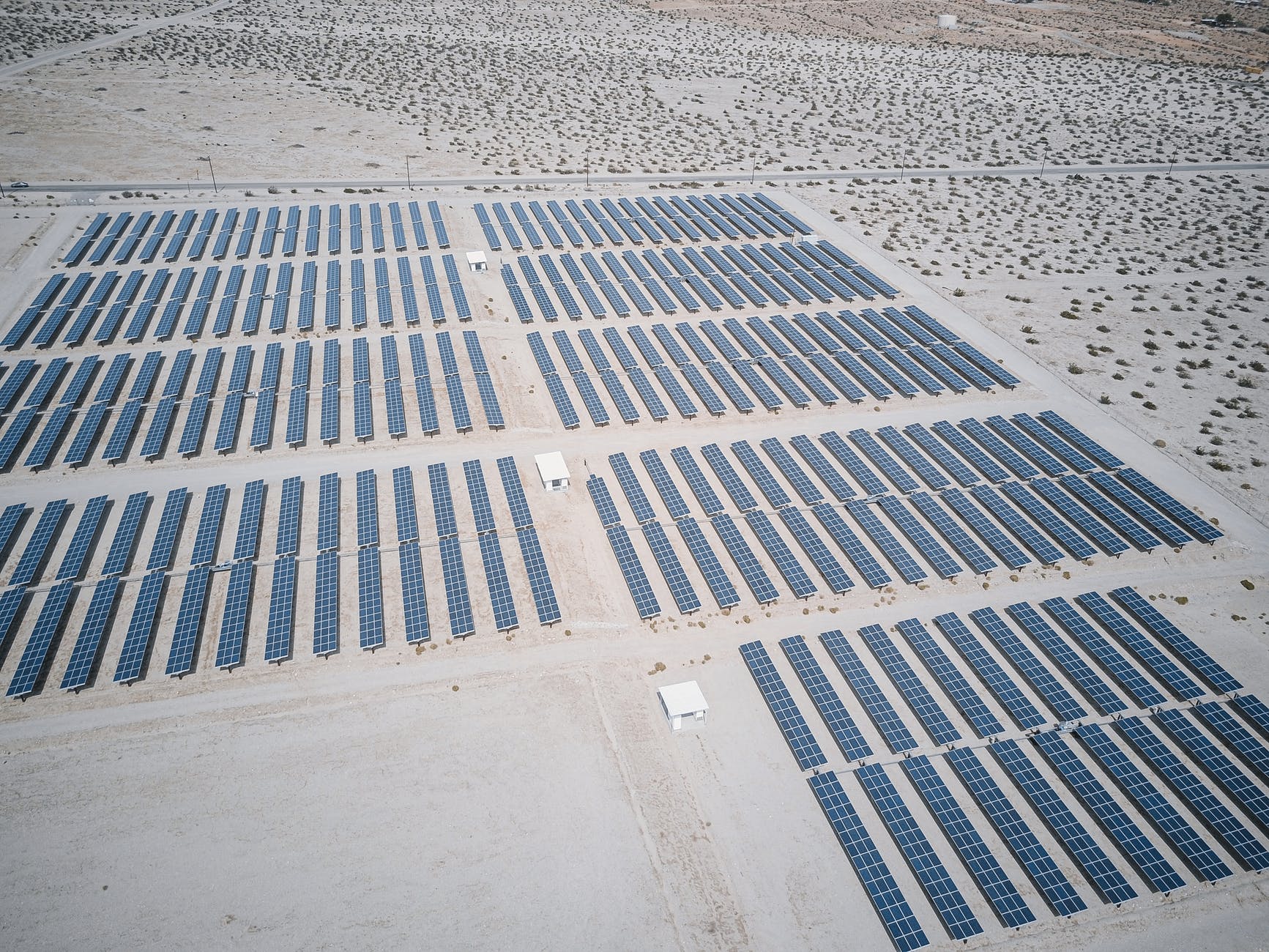China's Ambitious Desert Solar Plan: Tapping Solar Potential While Combating Land Degradation
Key Ideas
- China's Photovoltaic Desertification Control Plan aims to install 253 GW of solar capacity and rehabilitate 1.66 million acres of desertified land by 2030.
- The plan targets high solar irradiation regions in the 'Three North' area, focusing on ecological integration and economic advantages such as low land costs and favorable electricity prices.
- Integration of solar with land rehabilitation not only reduces afforestation costs but also generates additional income through activities like agriculture, livestock, and hydrogen facilities.
- Challenges include inadequate grid infrastructure in remote areas, but Beijing's directives on integrated planning and community involvement aim to ensure successful implementation as a model for sustainable development.
China has approved the Photovoltaic Desertification Control Plan (2025-30) to harness its vast desert solar potential while combating land degradation. The plan, aiming to install 253 GW of solar capacity and restore 1.66 million acres of desertified land by 2030, focuses on the 'Three North' region, known for high solar irradiation but ecological fragility. It emphasizes ecological priority, dividing the area into specific zones and development areas to integrate solar with land rehabilitation.
The initiative not only offers economic benefits like low land costs and high irradiation for solar farms but also targets reduced afforestation expenses. By integrating solar with land rehabilitation, costs can significantly decrease compared to conventional tree-planting methods. Additional income streams can be generated through carbon credits, government subsidies, and activities like agriculture and livestock.
Despite economic advantages, challenges include inadequate grid infrastructure in remote areas and the need for ecological integration. The plan advocates for integrated planning, community involvement, and innovation to address these challenges and ensure successful implementation. If successful, this plan could serve as a blueprint for sustainable development in delicate environments.
The rollout of the plan will be guided by actions under the upcoming 15th Five-Year Plan, with major state-owned energy firms expected to lead implementation. This initiative not only accelerates solar development but also supports China's solar supply chain, demonstrating a significant step towards sustainable energy and environmental preservation.
Topics
Africa
Environmental Impact
Sustainable Development
Government Initiatives
Economic Benefits
Solar Energy
Desert Rehabilitation
Latest News
